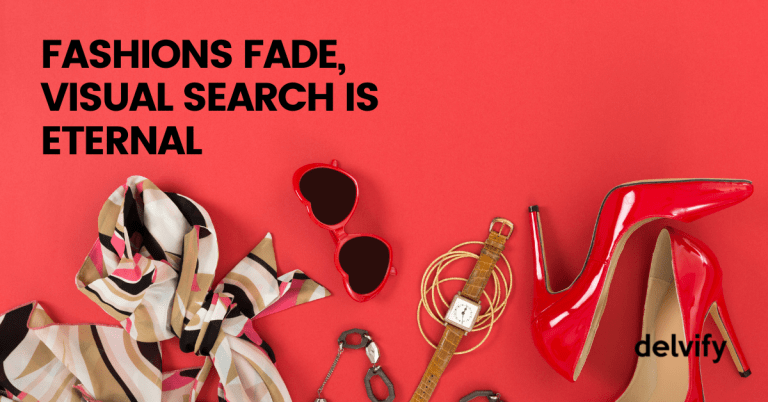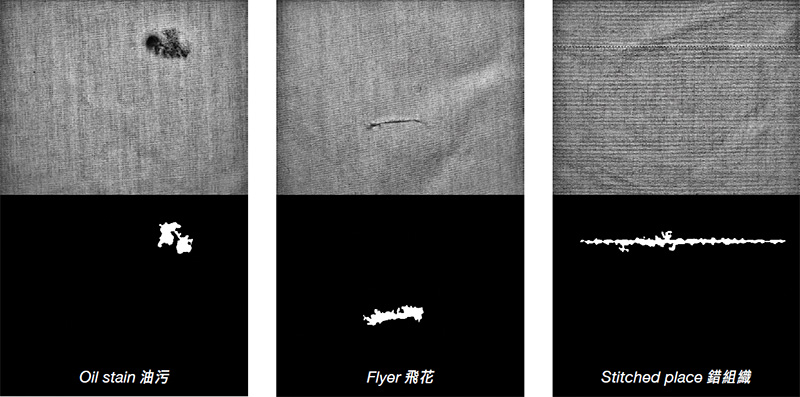
ecommerce ai
Boosting the fashion retail business with visual AI

Does the pace of innovation occasionally seem faster than your ability to absorb and adapt to it? The Business of Fashion, mentions five key “tech” tools that the fashion business should be harnessing: data analytics, better recommendations, better automated messaging, supply chain optimization, and the use of live streaming. However, if we consider that over the past 2-3 years, leading-edge developers and scientists have moved us to embrace the software power of AI tools like computer vision and natural language processing to transform the data of eCommerce into actionable insight.
Central to any fashion retail experience are the visual elements and key spots where Visual AI can demonstrate its power. A discussion of every single Visual AI tool is vast so we will take a look at some of the interesting new tools and other hints that may be in store for the next technological leap.
Firstly, when we speak of Visual AI there are broadly three areas where a fashion company can look into:
- Textile defect detection and quality control
- Fashion recognition and 3D modelling
- Fashion image analysis
1. Textile Defect Detection
Textile defect detection is a deep and difficult problem. The machines that make the materials, the warp yarn strength, oil stains, fabric creases (and the list goes on) may cause defects and errors.
In 2018, Hong Kong’s Polytechnic University introduced “WiseEye” to detect anomalies in woven fabric. Woven was a good first step but the real application of this is still evolving and we have yet to see robust, widely used systems for knit fabrics. The reason why this is so could be due to the sensors themselves. The cameras need to have a bright, stable surface from which to gather data. Knitting factories filled with hundreds of machines are a cacophony of motion disrupting any camera’s stability.
Companies manufacturing hi-precision cameras such as Isravision will be leading the way as the sensors are created to gather the data needed for the AI software.

2. Fashion Recognition and 3D modelling
The actual modelling of fashion recognition is an exciting area that is still in its early stages. Many will be aware of Neiman Marcus which installed MemoMi’s mirrors in 34 locations or Pair, allowing you to try on new glasses. Strictly speaking, this technology is not Visual AI, but rather the application of software solutions to visual experiences.
Fashion and Visual AI is probably better personified in 3D modelling technology, such as the one created by Browzwear. This start-up analyzes fabric for its drape and other properties then give designers the tools to create mock ups of the designs they wish to create. By adding in some of the AI research at places like Adobe Labs, the manipulation of pattern and other features can be done in a quick and efficient way leaving designers to focus on their concepts and ideas.

3. Fashion Image Analysis
The largest area of AI research has been in fashion detection. This includes a wide range of applications such as attribute recognition, style learning, popularity prediction, style transfer, pose transformation, recommendations on fashion compatibility, outfit matching and other interesting areas of new research. this relies almost exclusively on the manipulation of images and their elements to drive useful insight.
If the main steps in transforming an image is reviewed, we can classify objects (red, dress, sleeveless), detect where the object is (by drawing a bounding box around it usually), segment an image and also find individual stances and poses. This gives us our basic data. 
We might want to create new garments, optimize personalized mix-and-match capsule wardrobes, suggest minimal edits to make an outfit more fashionable, and recommend clothing that flatters different body shapes. Bi-directional LSTM models allows us to use text or images to match items, or we might create type-aware embeddings to find similar items from different categories. These models allow us to extract the minimal amount of description and match them in interesting ways.
What is in store for the future?
We see a few companies that have started to use Visual Search already. Pinterest allows users to identify objects and search for and follow similar items endlessly. As we move further up the difficulty scale, we can see data analytics being tied to Visual AI. There are very few companies working at this level currently. For example, a computer vision tool may extract the texture, color, sharp or pattern of objects that are being viewed and purchased. By combining this information with simple seasonality and regression analysis, you may find the peak time when floral dresses are popular. Hidden trends will become evident quickly and help reduce deadstock and other waste.

With the level of creativity, if a company has a large enough data set they can attempt to infer clothing preferences from body shape and make the “perfect” recommendation. We are still not able to adequately differentiate between a skirt and top versus a dress and unable to segment all accessories perfectly. We aren’t able to describe what someone is doing in a photo to be completely usable in a commercial setting. We are getting there though, and the speed is increasing every day.
Every process that AI brings to optimizing and streamlining the fashion business brings more profit to companies but also a cleaner environment for all of us. Currently, the textile trade represents about 6% of global greenhouse emissions and ¼ of microplastic flows. Visual AI may seem difficult but companies that implement tools using Visual AI may seem remote but companies that implement tools using Visual AI will prosper.
Get in touch with our team today to understand how you can utilize Visual Search within your business.
Subscribe for latest updates
Want to keep updated on the latest happenings in AI and Programmatic? Subscribe to our updates and stay in the loop

